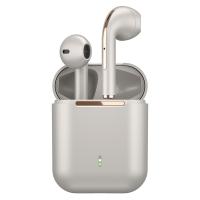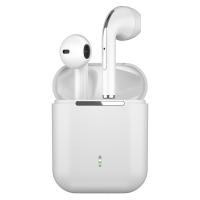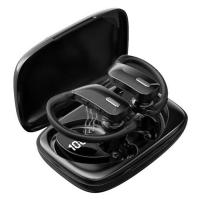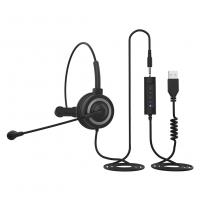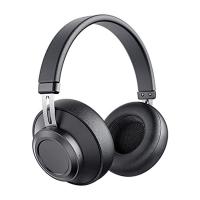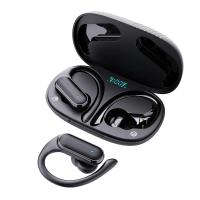How Do You Pair Wireless Headphones?
Pairing wireless headphones can sometimes be a daunting task, especially for those who are not tech-savvy. However, with the right guidance, it can be a straightforward process. In this article, we will delve into the step-by-step process of pairing wireless headphones with various devices, including smartphones, tablets, computers, and smart TVs. We will also address common issues that users might encounter and provide practical solutions to ensure a seamless experience.
Understanding Wireless Headphones
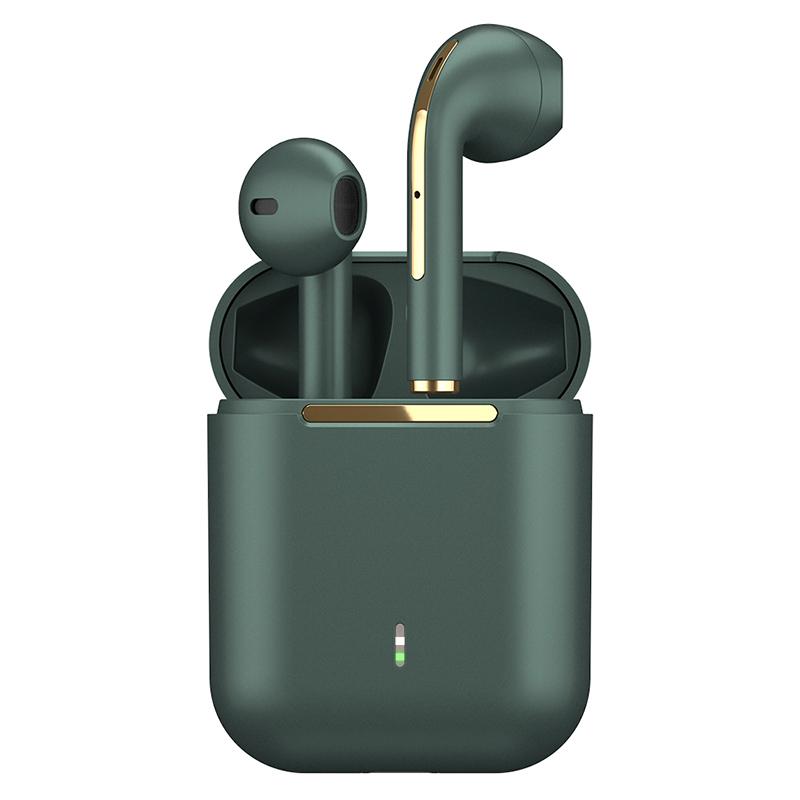
Wireless headphones use Bluetooth technology to connect to devices without the need for cables. Bluetooth is a short-range wireless communication technology that allows devices to exchange data over short distances. Most modern devices, including smartphones, tablets, laptops, and smart TVs, come equipped with Bluetooth capabilities, making it easy to pair with wireless headphones.
Step-by-Step Guide to Pairing Wireless Headphones
1. Pairing with a Smartphone or Tablet
Step 1: Turn on Bluetooth
- On your smartphone or tablet, go to the settings menu.
- Look for the Bluetooth option and turn it on.
Step 2: Put Your Headphones in Pairing Mode
- Most wireless headphones have a dedicated button or a combination of buttons that need to be pressed to enter pairing mode. Refer to the user manual for specific instructions.
- Typically, you need to press and hold the power button or a Bluetooth button until the LED light starts flashing, indicating that the headphones are in pairing mode.
Step 3: Connect to Your Headphones
- Once your headphones are in pairing mode, they should appear in the list of available devices on your smartphone or tablet.
- Select your headphones from the list. You may be prompted to enter a PIN or passcode, which is usually "0000" or "1234".
- Once connected, you should hear a confirmation sound from your headphones.
2. Pairing with a Computer
Step 1: Turn on Bluetooth
- On a Windows PC, go to the Start menu, select Settings, then Devices, and finally Bluetooth & other devices. Turn on Bluetooth.
- On a Mac, go to the Apple menu, select System Preferences, then Bluetooth, and turn it on.
Step 2: Put Your Headphones in Pairing Mode
- Follow the same steps as mentioned above to put your headphones in pairing mode.
Step 3: Connect to Your Headphones
- On a Windows PC, click on "Add Bluetooth or other device," select Bluetooth, and choose your headphones from the list.
- On a Mac, your headphones should appear in the list of available devices. Click on "Connect" next to your headphones.
3. Pairing with a Smart TV
Step 1: Turn on Bluetooth
- Access the settings menu on your smart TV. The location of the Bluetooth settings may vary depending on the brand and model of your TV.
- Look for the Bluetooth option and turn it on.
Step 2: Put Your Headphones in Pairing Mode
- Follow the same steps as mentioned above to put your headphones in pairing mode.
Step 3: Connect to Your Headphones
- Your headphones should appear in the list of available devices on your smart TV.
- Select your headphones from the list to connect.
Troubleshooting Common Issues
Despite following the steps above, you might encounter some issues while pairing your wireless headphones. Here are some common problems and their solutions:
1. Headphones Not Appearing in the List of Available Devices
- Ensure Bluetooth is Enabled: Double-check that Bluetooth is turned on both on your device and your headphones.
- Proximity: Make sure your headphones are within the effective range of your device, typically within 30 feet.
- Reset Headphones: Try resetting your headphones by turning them off and on again or following the reset instructions in the user manual.
- Update Firmware: Ensure that your device's Bluetooth drivers and your headphones' firmware are up to date.
2. Connection Drops or Poor Audio Quality
- Interference: Other wireless devices, Wi-Fi networks, or physical obstructions can interfere with the Bluetooth signal. Try moving to a different location or reducing the number of active wireless devices.
- Battery Level: Low battery levels can affect the performance of your headphones. Ensure your headphones are fully charged.
- Re-pairing: Sometimes, removing the headphones from the list of paired devices and re-pairing them can resolve connection issues.
3. Audio Not Playing Through Headphones
- Default Audio Output: Ensure that your headphones are set as the default audio output device on your device.
- Volume Levels: Check the volume levels on both your device and your headphones.
- App Settings: Some apps have their own audio settings. Ensure that the app you are using is set to play audio through your headphones.
Advanced Tips for a Better Experience
1. Multipoint Pairing
Some wireless headphones support multipoint pairing, allowing you to connect to two devices simultaneously. This feature is particularly useful if you want to switch between your phone and computer without having to disconnect and reconnect each time. Refer to your headphones' user manual to see if this feature is supported and how to enable it.
2. Using Voice Assistants
Many modern wireless headphones come with built-in support for voice assistants like Siri, Google Assistant, or Alexa. You can activate these assistants by pressing a dedicated button on your headphones or using voice commands. This feature allows you to control your device hands-free, making it more convenient to manage calls, messages, and other tasks.
3. Customizing Sound Profiles
Some wireless headphones come with companion apps that allow you to customize sound profiles, equalizer settings, and other audio preferences. Download the app associated with your headphones and explore the customization options to enhance your listening experience.
Pairing wireless headphones with your devices can significantly enhance your audio experience by providing the freedom to move without being tethered by cables. By following the step-by-step instructions provided in this article, you can easily pair your wireless headphones with smartphones, tablets, computers, and smart TVs. Additionally, understanding common issues and their solutions will help you troubleshoot any problems that may arise during the pairing process.
Remember, the key to a seamless pairing experience lies in understanding the specific instructions for your headphones and the device you are connecting to. With a little patience and practice, you will be able to enjoy the convenience and high-quality audio that wireless headphones offer.



